Partnered with #1 ADU Builders
Contact Golden State
Drop us a line! We look forward to discussing your next project with you!
Cut the chase! Schedule a face-to-face virtual meeting with us today to dive into your project's next steps.
For our returning clients, experience our streamlined, contact-free project proposal process. Simply fill out our short project questionnaire, and we'll deliver your project proposal within 72 hours.
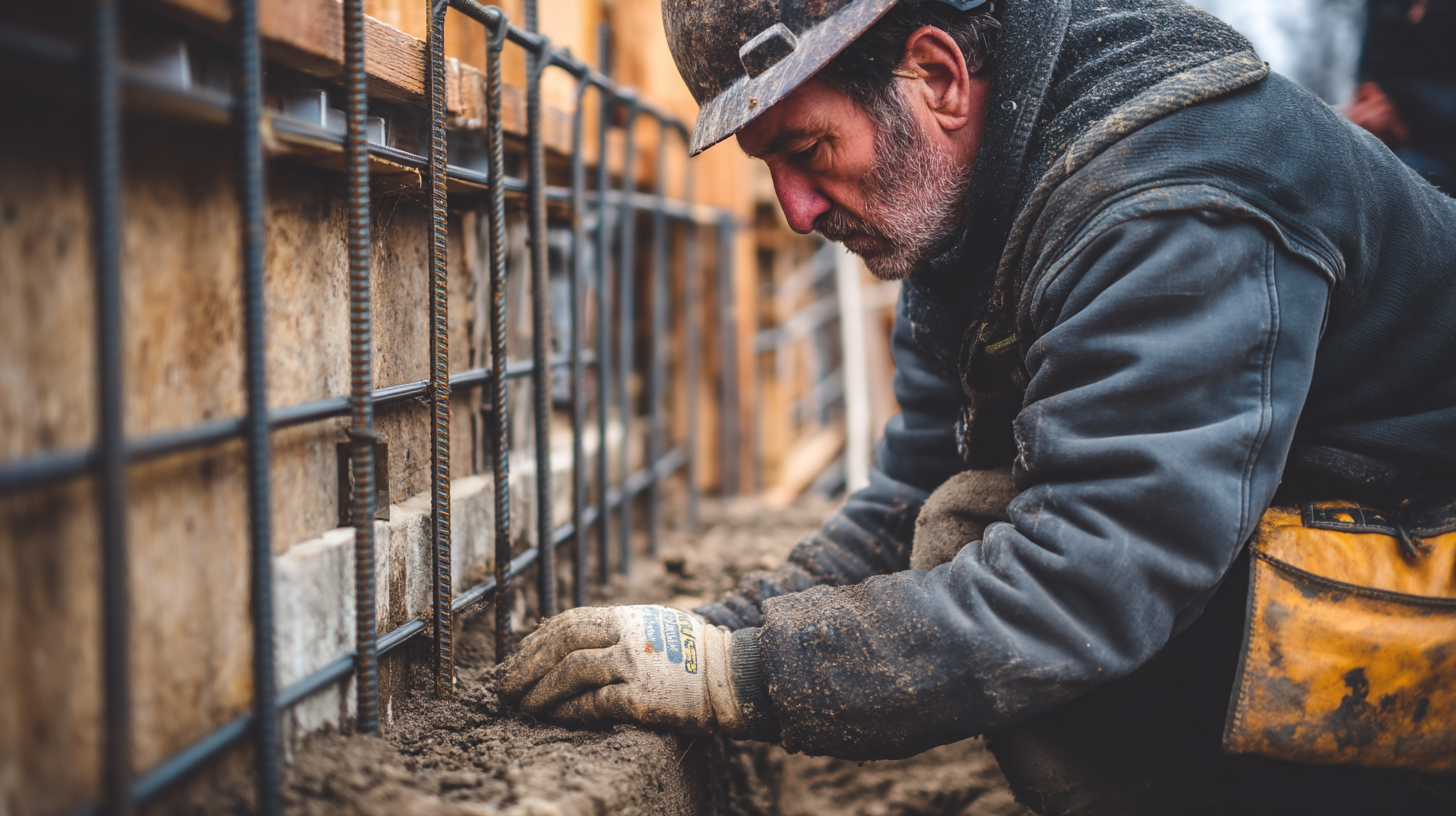
- Golden State Design & Engineering
- Comment 0
Seismic Retrofitting in California: A Complete Guide to Strengthening Existing Structures in 2025
California is no stranger to seismic activity. With a high probability of future earthquakes, building owners, homeowners, and developers across the state face increasing pressure to protect their properties from damage caused by ground motion, soil failure, and structural collapse. Seismic retrofitting is one of the most effective ways to enhance earthquake resistance in both residential and commercial buildings.
At Golden State Design & Engineering (GSDE), we specialize in seismic upgrading for existing buildings. Our team of structural engineers, architects, and permitting specialists works closely with clients to assess risk, design custom retrofits, and ensure full compliance with modern seismic standards and California building codes.
In this comprehensive guide, we break down the seismic retrofitting process, explain the risks posed by earthquakes, and outline available grant programs in 2025 that help offset costs. Whether you’re retrofitting a single-family home or a multi-unit soft-story building, this article will give you the insight you need to move forward with confidence.
What Is Seismic Retrofitting?
Seismic retrofitting is the process of strengthening an existing structure to help it withstand seismic activity. Unlike newly constructed buildings that are designed according to updated safety standards, many older structures lack the resilience needed to resist earthquake forces.
Retrofitting focuses on key components of a building’s structure, including its foundation, walls, framing connections, and floor systems. By using anchor bolts, steel braces, shear walls, and other structural reinforcements, retrofitting improves a building’s ability to resist collapse, sliding, or excessive deformation during seismic events.
While it’s impossible to make a building completely earthquake-proof, a well-executed seismic retrofit dramatically improves safety, reduces the risk of failure, and preserves structural integrity. This helps protect both human life and property during major earthquakes.
Why Existing Buildings Are at Risk
Many buildings in California were constructed before the adoption of modern seismic standards. These older structures often include weak connections between the house and its concrete foundation, unbraced cripple walls, and inadequate lateral load systems.
Without retrofitting, such buildings are vulnerable to:
- Sliding off their foundation
- Roof or floor collapse
- Cracking of concrete walls
- Buckling of wood members
- Failure at sill plate connections
A building’s risk is also affected by soil conditions, past earthquakes, and its overall design. For example, hillside homes with soft stories or multi-unit buildings with large ground floor openings are more prone to structural failure. Understanding these vulnerabilities begins with a professional seismic assessment conducted by a licensed structural engineering firm.
Which Buildings Need Seismic Upgrading?
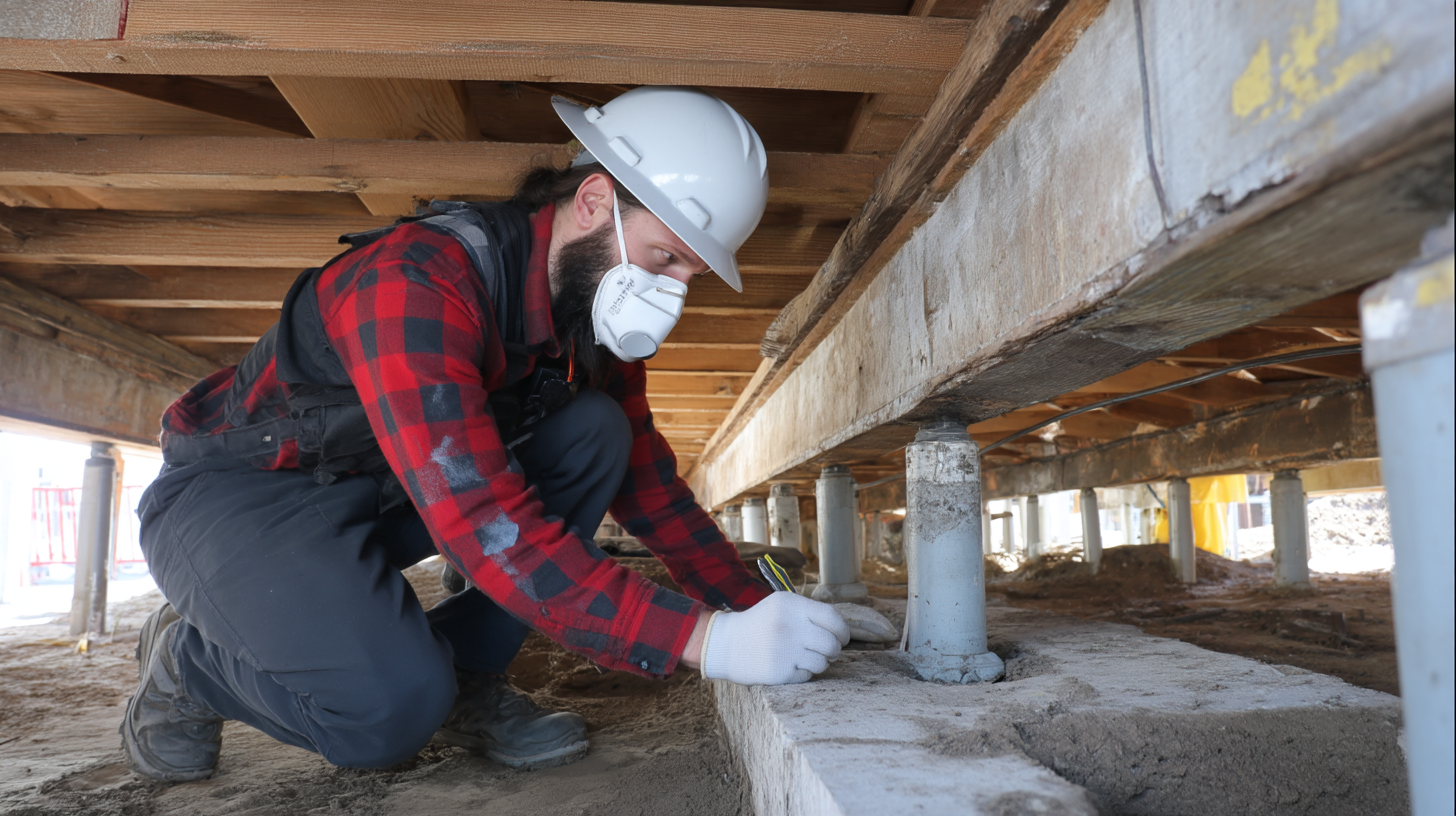
Residential Homes
Homes built before 1980 are among the most at-risk, especially those with raised foundations and cripple walls. These walls, typically found between the first floor and the concrete foundation, are prone to collapse under seismic forces if not properly braced.
Other factors that increase risk include:
- Wood frame construction with weak lateral resistance
- Unreinforced sill plates
- Split-level or hillside design
- Missing anchor bolts
Soft-Story Multi-Family Buildings
Soft-story buildings typically have large garage or retail openings at the ground level, reducing lateral support. In a major earthquake, this creates a soft story failure condition, which can result in a partial or full collapse of the upper story.
Soft-story seismic retrofitting often includes:
- Installation of steel frames or steel braces
- Reinforcement of shear walls
- Addition of hold-downs and anchor bolts
- Reconfiguration of the ground floor to improve lateral load transfer
These retrofits are more complex but critical for multifamily safety and compliance.
Commercial and Concrete Structures
Buildings with non-ductile concrete walls or rigid frames may also require retrofitting. These structures can experience brittle failure under seismic stress. In 2025, many California cities, including San Francisco and Los Angeles, are enforcing ordinances that require seismic assessment and retrofitting of such buildings.
How Seismic Forces Affect Buildings
Earthquakes generate intense ground motion that travels through a building’s foundation and structural frame. Without adequate reinforcement, these forces cause displacement, cracking, and collapse.
Buildings experience seismic forces in multiple directions, often simultaneously. This lateral motion tests the strength of connections between the foundation, floors, walls, and roof. Weak connections or outdated designs are typically the cause of most earthquake damage.
Key elements that resist seismic forces include:
- Shear walls that transfer horizontal loads
- Anchor bolts that secure the sill plate to the foundation
- Steel braces and frames that reinforce open spaces
- Base isolators that decouple the building from shaking
Improving these components enhances a building’s design and performance under seismic stress.
The Retrofitting Process: Step-by-Step
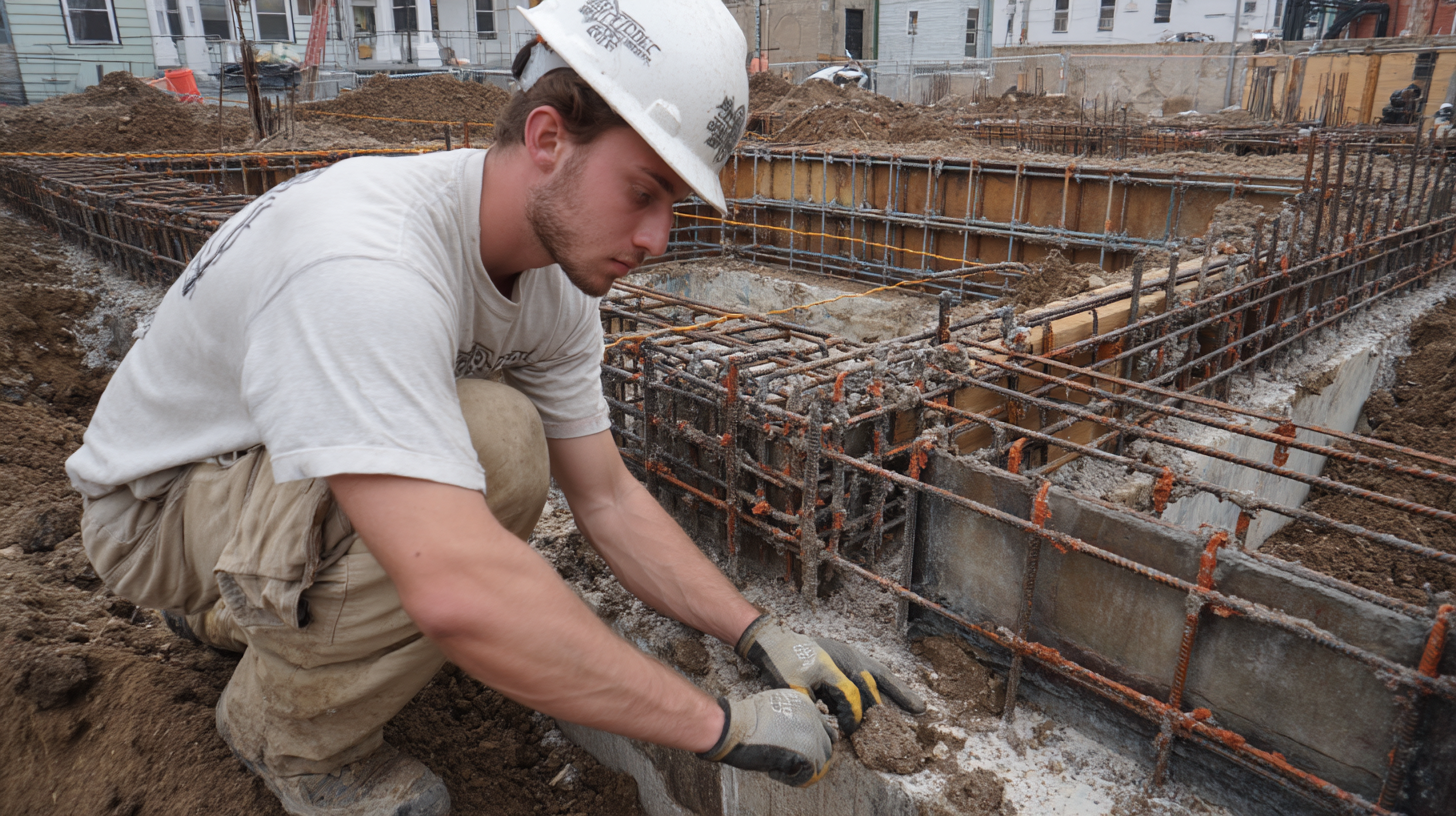
1 | Seismic Assessment
Every seismic retrofitting project begins with a detailed evaluation of the building’s current condition. This includes:
- Reviewing original plans, if available
- Inspecting the concrete foundation and sill plate
- Checking for unbraced cripple walls
- Identifying weak connections and unsupported spans
At GSDE, our engineers use advanced materials testing and modeling to create a seismic risk profile. This informs the retrofit scope and ensures compliance with current safety standards.
2 | Retrofit Design and Planning
Based on the assessment, we develop a site-specific retrofit plan. This includes:
- Strengthening the foundation with new bolts or brackets
- Adding shear walls or plywood sheathing
- Installing steel braces at vulnerable openings
- Upgrading the water heater bracing and gas shutoff systems
Our team incorporates other elements such as soil conditions, floor plan complexity, and municipal code requirements to customize the solution.
3 | Permitting and Engineering Approval
All retrofit plans must be reviewed and approved by the local jurisdiction. Our in-house permitting team prepares all necessary documentation, ensuring a smooth submittal and approval process. We coordinate directly with building departments to reduce delays and address corrections quickly.
4 | Construction Coordination
Once permits are approved, the retrofit is ready for construction. GSDE works with vetted local contractors or coordinates directly with your team to implement the retrofit efficiently. Typical residential retrofits take 2 to 5 days, while larger projects may take several weeks depending on scope.
5 | Final Inspection and Grant Support
After construction, the building is re-inspected to confirm all retrofitting work meets local building codes and structural requirements. GSDE also helps prepare documentation for grant reimbursement if applicable.
Cost of Seismic Retrofitting in California
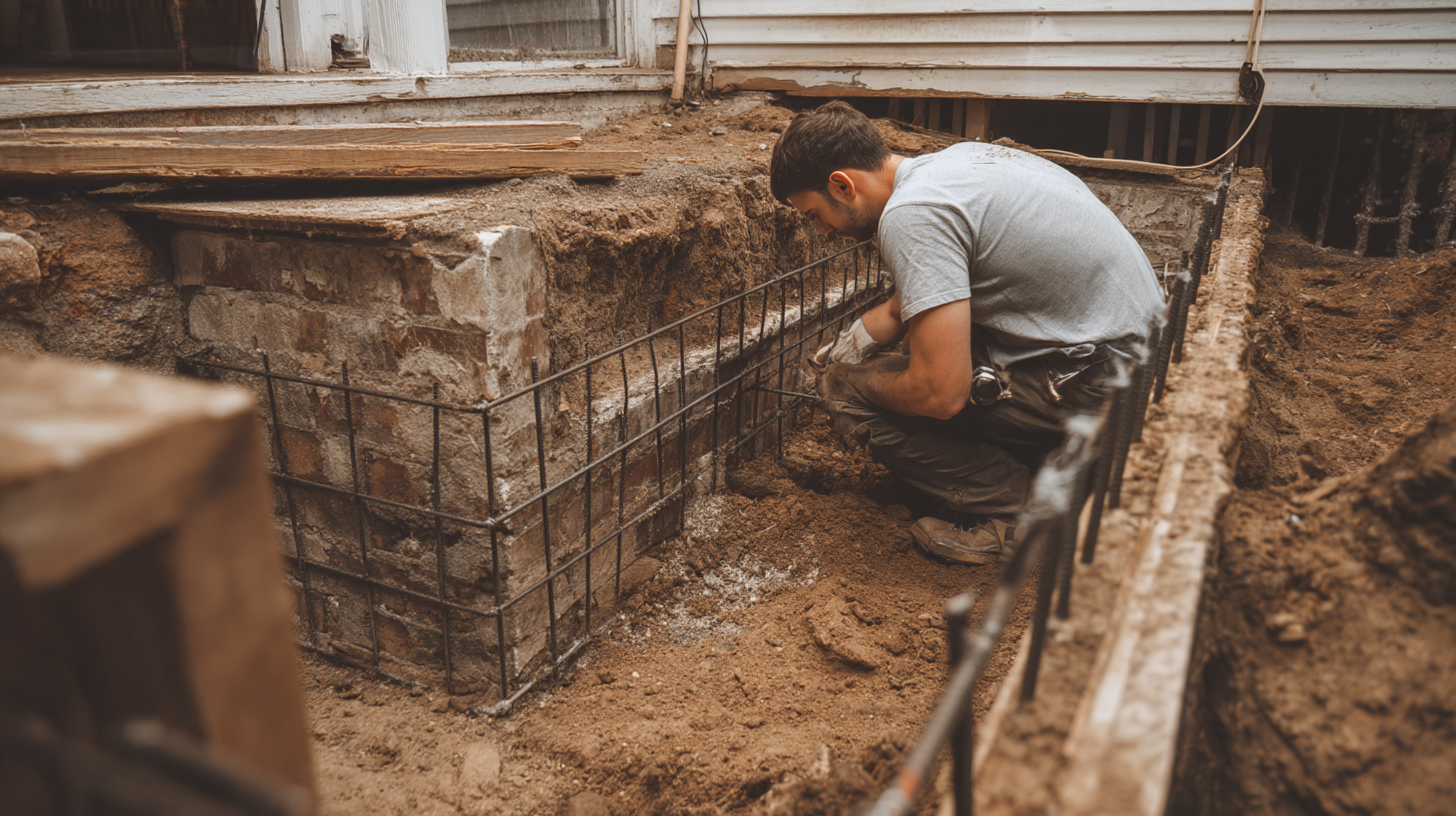
Average Retrofit Costs
- Single-family home (brace and bolt): $3,000 to $7,000
- Soft-story building: $20,000 to $100,000+
- Large commercial retrofit: $50,000 to $250,000+
Costs depend on a variety of factors, including building size, soil conditions, access issues, foundation type, and retrofit complexity.
Cost vs Benefit
Despite upfront costs, seismic retrofitting offers one of the best returns on investment in construction. According to the National Institute of Building Sciences, every $1 spent on seismic retrofitting yields $13 in long-term savings. These savings come from reduced damage, lower repair costs, and preserved occupancy after earthquakes.
In fact, retrofitted homes in past earthquakes such as Napa (2014) experienced significantly less damage than non-retrofitted homes, with an average savings of over $13,000 in repair costs.
2025 Retrofit Incentives and Grants
California continues to lead the nation in promoting earthquake resilience through grant programs and local ordinances. In 2025, homeowners and property managers can take advantage of several programs to reduce retrofit costs.
Earthquake Brace + Bolt (EBB)
- Offers up to $3,000 toward qualifying single-family retrofits
- For homes built before 1980 with raised concrete foundations
- Must use a licensed contractor or complete training as a homeowner
Income-qualified households may receive full coverage for retrofitting costs.
Earthquake Soft-Story (ESS)
- Offers up to $13,000 for retrofitting homes with soft-story conditions
- Requires engineered plans, permitting, and contractor work
- Available in designated ZIP codes across California
Multifamily Seismic Retrofit Program
- Designed for wood-frame apartment buildings with soft stories
- Prioritizes high-risk buildings in lower-income communities
- Subject to state budget availability
GSDE assists clients in navigating these programs, from eligibility checks to documentation and submission.
The Role of Structural Engineering in Seismic Safety
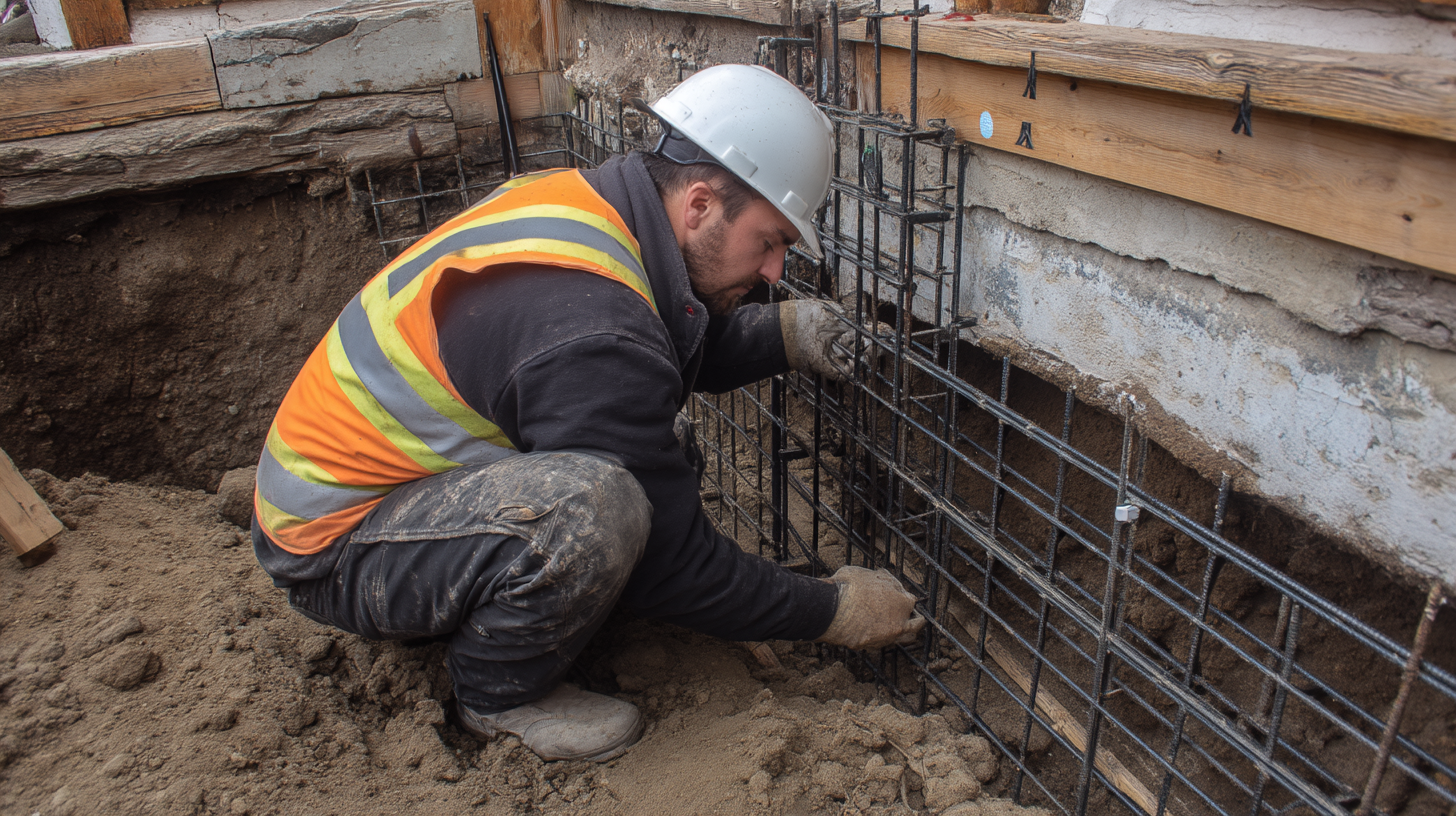
Seismic retrofitting is not a one-size-fits-all project. Every building’s structure is different, and a successful retrofit depends on understanding how seismic activity will affect the specific design.
Our structural engineering team ensures that each retrofit:
- Meets local and state building codes
- Uses advanced materials for improved performance
- Accounts for soil conditions and other factors
- Strengthens weak connections and vulnerable elements
- Complies with life safety standards and inspection requirements
From base isolation systems to concrete wall reinforcement, GSDE delivers end-to-end engineering solutions tailored to your building.
FAQs About Seismic Retrofitting
Do I need to retrofit if my home hasn’t shown any damage?
Yes. Many weaknesses are invisible until a seismic event exposes them. A professional seismic assessment identifies risks before earthquakes strike.
Can I do a retrofit myself?
Some basic brace-and-bolt retrofits can be DIY, but we strongly recommend working with licensed engineers and contractors for code compliance and safety. Grant programs typically require professional involvement.
How long does the retrofitting process take?
Design and permitting can take 2 to 4 weeks. Construction timelines range from a few days for small homes to several weeks for large or complex buildings.
Is retrofitting mandatory in my city?
Several cities, including San Francisco and Los Angeles, require retrofits for specific building types. GSDE can help you determine if your structure is subject to local mandates.
What if I plan to sell my building soon?
Retrofitting can increase property value and marketability. Buyers are increasingly aware of seismic risks and prefer buildings that meet current safety standards.
Final Thoughts: Seismic Retrofitting is a Smart Investment
With the high probability of future seismic events in California, seismic retrofitting is no longer optional. It is a proactive step to safeguard your investment, protect occupants, and meet evolving safety and regulatory standards.
Whether you need to bolt down a single-family house, brace cripple walls, reinforce shear walls, or upgrade a multi-unit building, GSDE is your trusted partner in seismic safety. Our team brings decades of experience in structural engineering, permitting, and code-compliant retrofitting solutions.
Take the Next Step Toward Earthquake Resilience
Ready to improve your building’s structure and protect against future earthquakes? Golden State Design & Engineering provides full-service seismic retrofitting throughout California.
#NAICS’s:
- 541310 Architectural Services &
- 541330 Engineering Services
DUNS NO:
- 119132267
#SIC’s
- 8712 Architectural Services &
- 8711 Engineering Services
Cage #
- 9R4L5
#UNSPSC’s:
- 81101500, 81101502, 81101505, 81101508, 81101526, 81101533, 81101522

